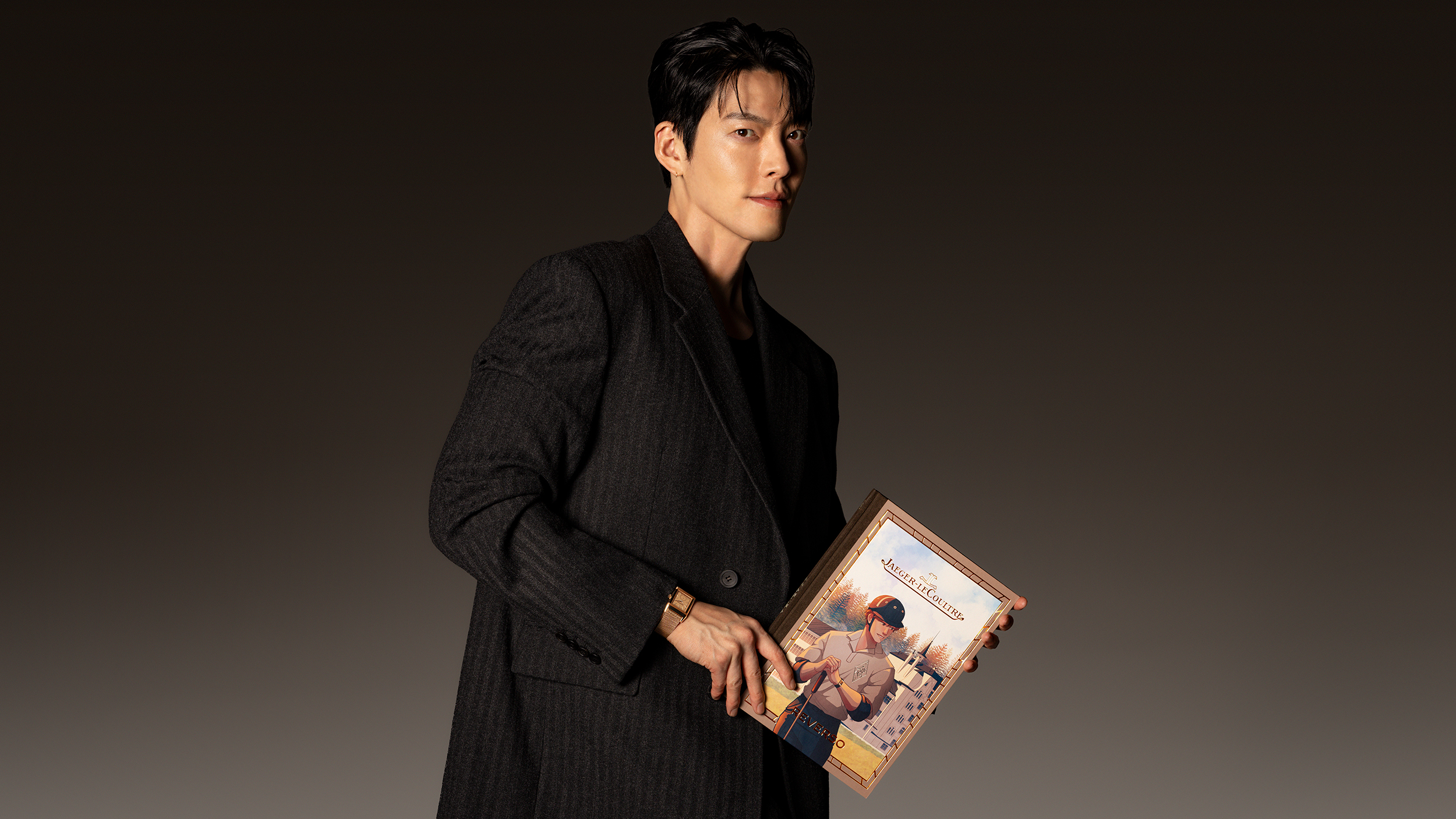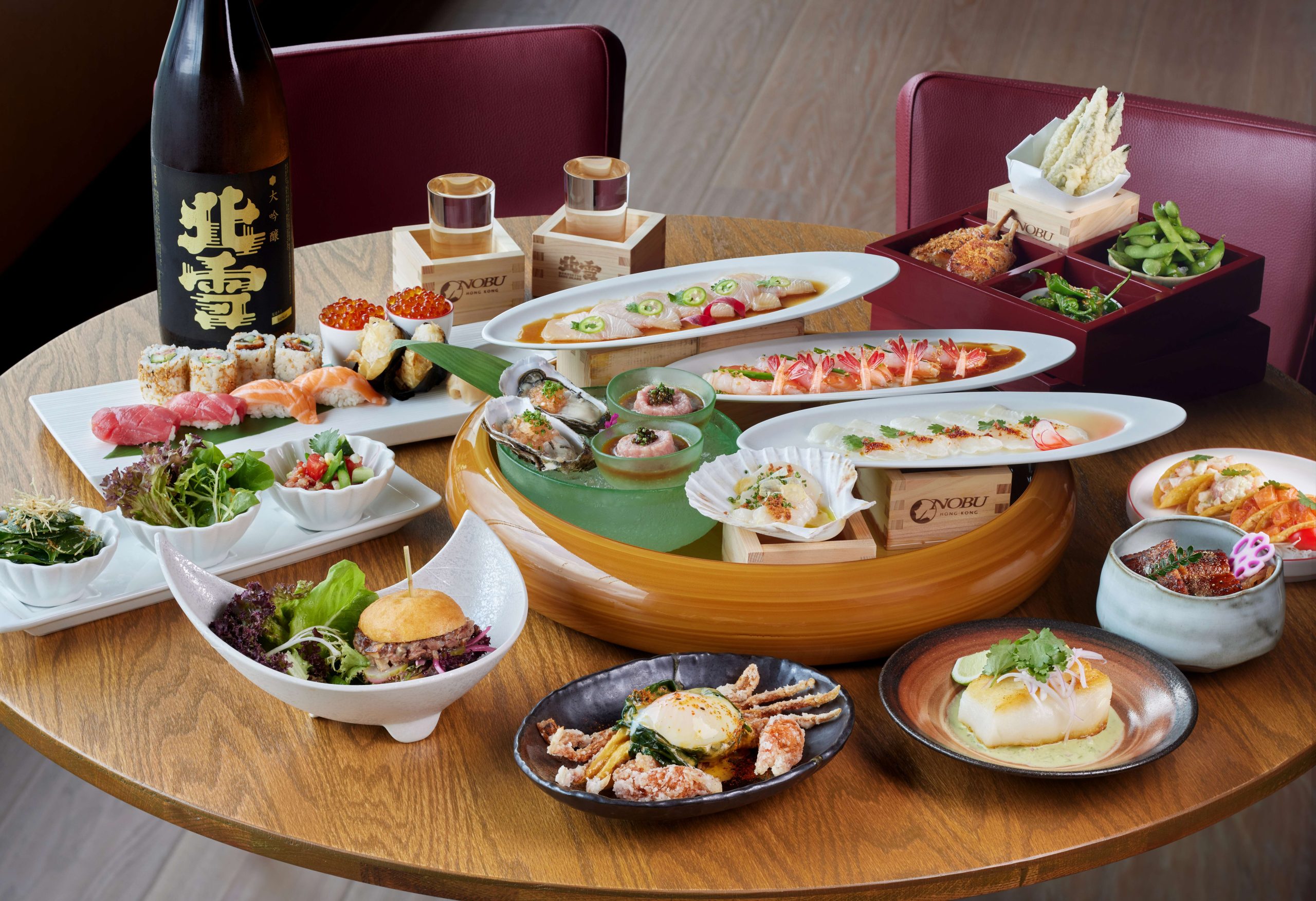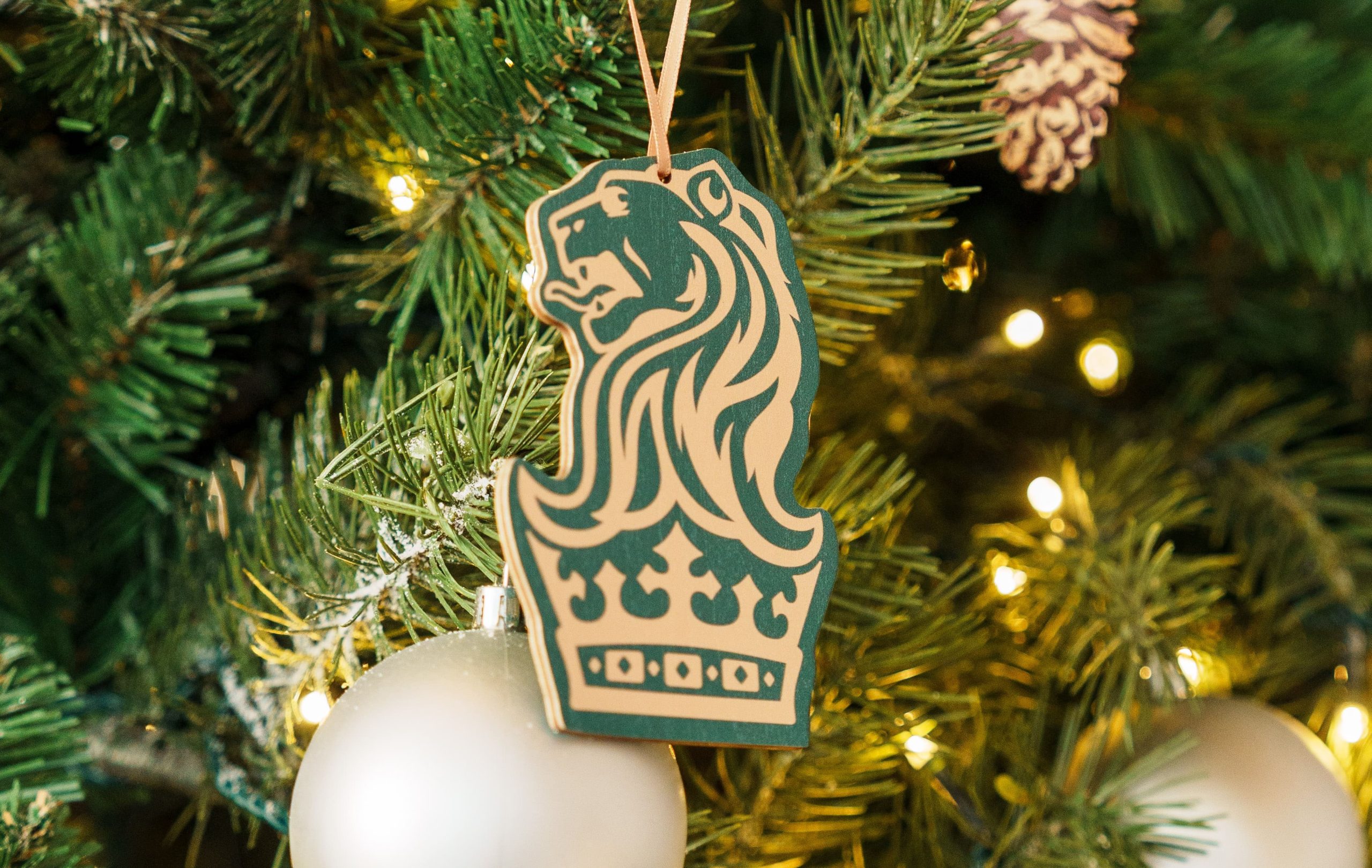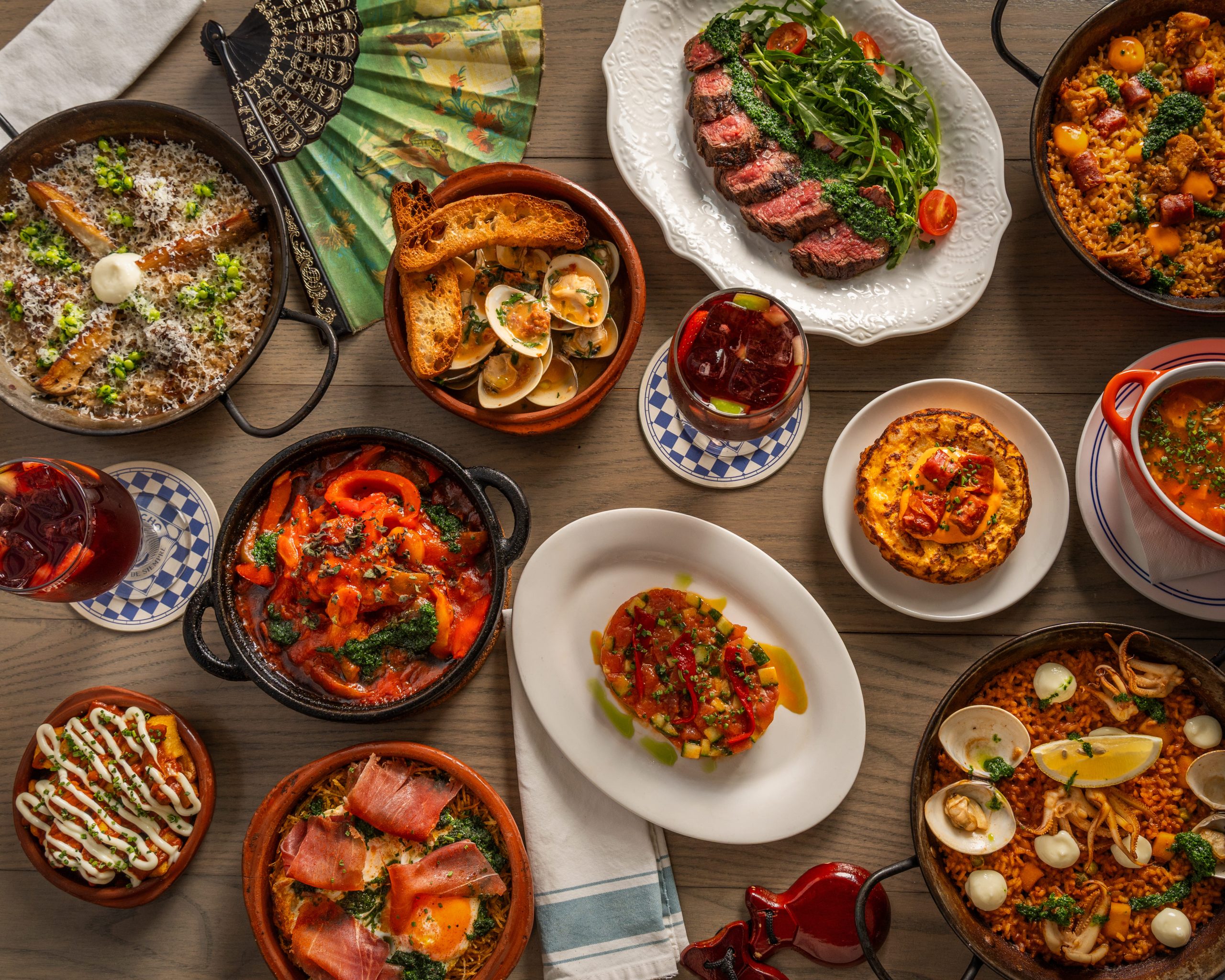
Kashiwaya Hong Kong, the first international outpost of famed three Michelin star Kashiwaya Senriyama in Osaka, has brought to the city a unique and traditional kaiseki experience blended with impeccable presentations and sophisticated techniques.
Kaiseki is the quintessence of Japan’s haute cuisine, with every multi-course meal aimed at convening an exceptional tasting journey that is embedded in the country’s well-known hospitality and attention to details. Atsushi Takahashi, head chef of Kashiwaya in Hong Kong, follows and honours this philosophy and tradition with ever-changing menus that exalt fresh ingredients and Japan’s very distinct seasons. More than anything, a kaiseki dinner feels like holy ceremony that truly celebrates a people and its devotion to its ingredients and culture.
When we recently tried one his latest creations, a nine-course tasting menu inspired by late summers that amazed us for the countless textures, techniques and complex flavours, we talked to Takahashi about kaiseki, his career and Hong Kong.
I’m particularly interested in the extensive use of eel and the texture contrasts in every dish, can you tell us more?
Hamo is a traditional delicacy in the Kansai region of Japan. Summer is the best time to enjoy the rich fish oil in Hamo, before they mate and lay eggs (the fattiness is gone after they lay eggs).
I felt like the menu was like a journey, can you walk us through how you put it together?
There are 12 months in a year, divided into 4 seasons. The theme of this menu is Tanabata, also known as the “star festival”. In ancient times, Japanese used to write wishes on paper mulberry leaves during Tanabata and that’s why paper mulberry leaves can be seen used as decoration in Sakizuke (first course). In Nimonowan (third course), the quinoa bean curd is decorated with gold foil to symbolize the starry sky. In other dishes, we use the contrast of cold and hot to also symbolize the theme of Tanabata.
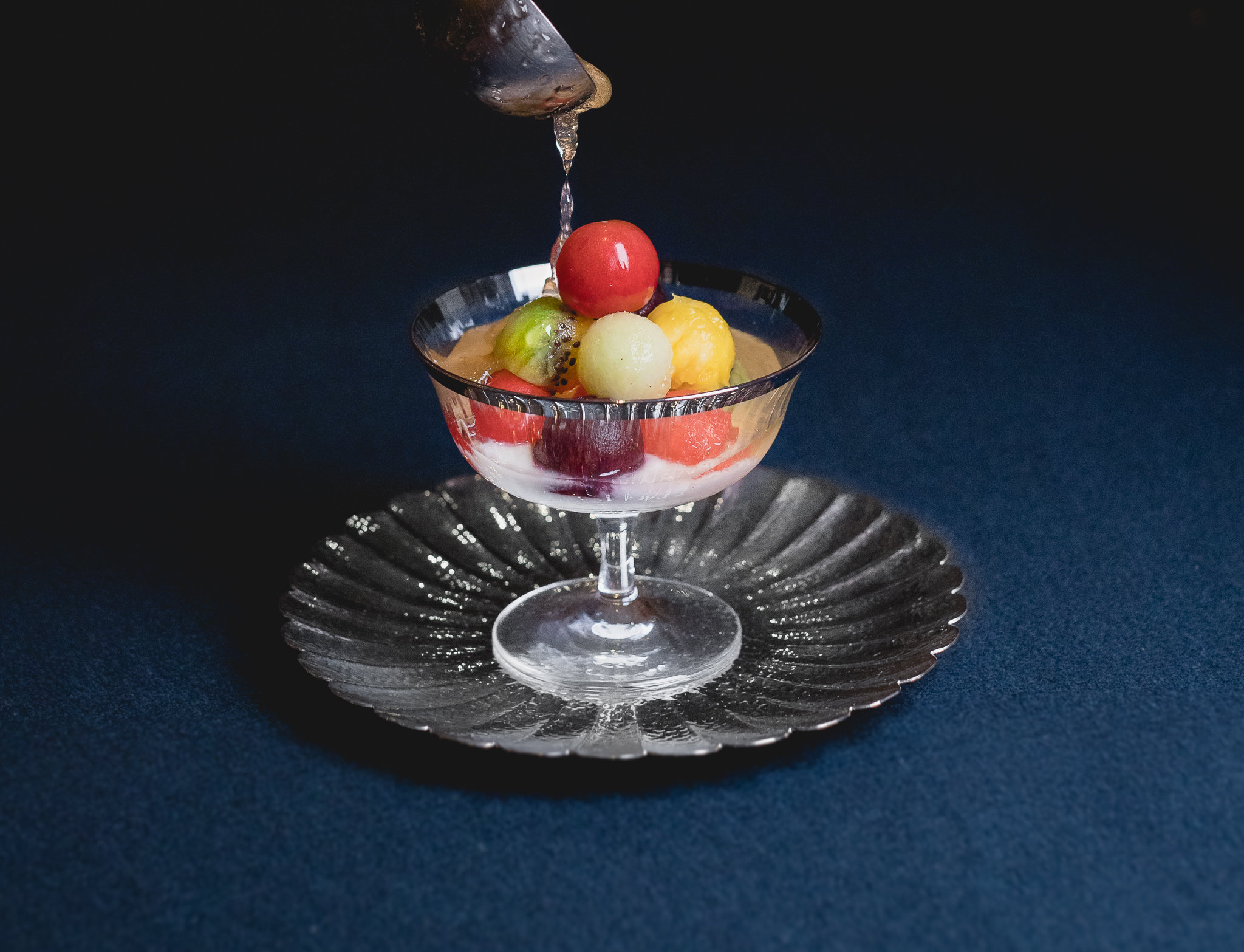
Can you tell us more about the inspiration behind the menu?
This menu is called Geshi-Shousho (around summer solstice). In Japan, this is also the rainy season, people call it Tsuyu. We picked the best seasonal ingredients from the mountains and water and prepare them in a way that our guests could discover the best flavour of the season.
Japanese cuisine is all about fresh products and celebrating traditions with innovative techniques.
Kashiwaya’s kaiseki cuisine upholds the traditions of Japanese culinary art in our preparation while also integrating modern tastes and ideas in our selections of seasonal ingredients. We want to tell the tale of the four seasons woven into each course and stimulate the five senses, allowing each guest’s heart to frolic.
As a lover of everything Japanese, I would like to know more about some of the memories and traditions that specifically inspire your cuisine.
I joined Kashiwaya when I finished culinary school in my early 20s, everything I prepare now on my menu is the essence of my 20 years in the house of Kashiwaya and my job is to deliver the exact expression from my Grand Chef Matsuo-san. Thus, my inspiration mainly comes from what I have learnt in the past 20 years and how I can align my skills and ingredient sourcing with my mentor in Japan for the Hong Kong customers.
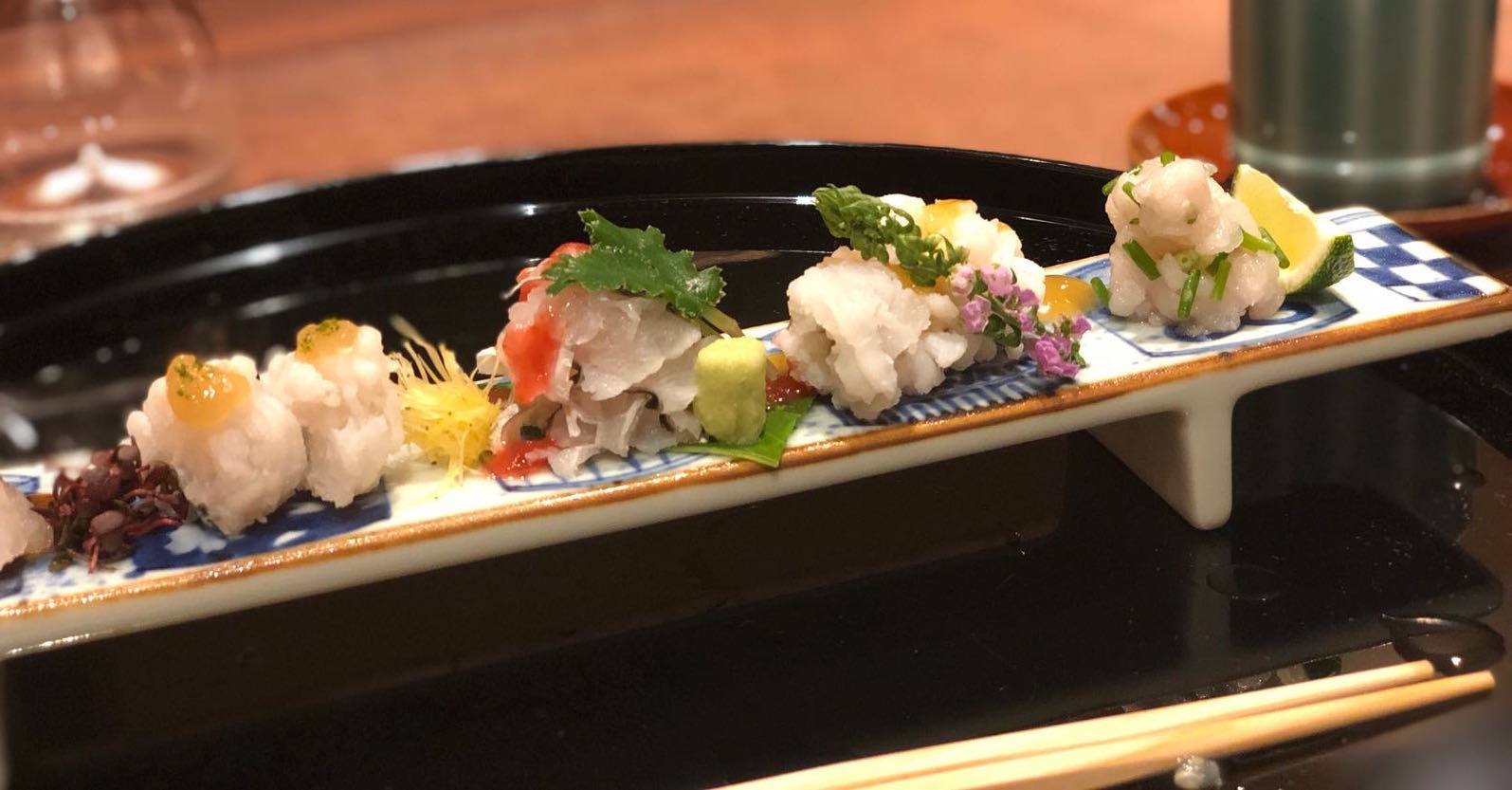
What can you say about the evolution of Japanese cuisine over the years?
I started cooking two decades ago. Nowadays, modern technologies are available to make cooking easier. For example, in the past, when we used to do slow-cooking we needed to spend time monitoring the temperature of the food. Now, we don’t have to do that. But in any case, we still need to have someone skilful to pay attention to every single detail and make sure that dishes are in the perfect condition to be served – this is still the most important thing.
Do you like being a chef in Hong Kong? How does the city inspire your cooking?
I feel that there are quite a lot of people who like Japanese culture and Japanese cuisine in Hong Kong. Our dishes are prepared in the same way as in Oaska. We haven’t changed much to fit into Hong Kong dining scene – so my mission is to bring my traditions here.


